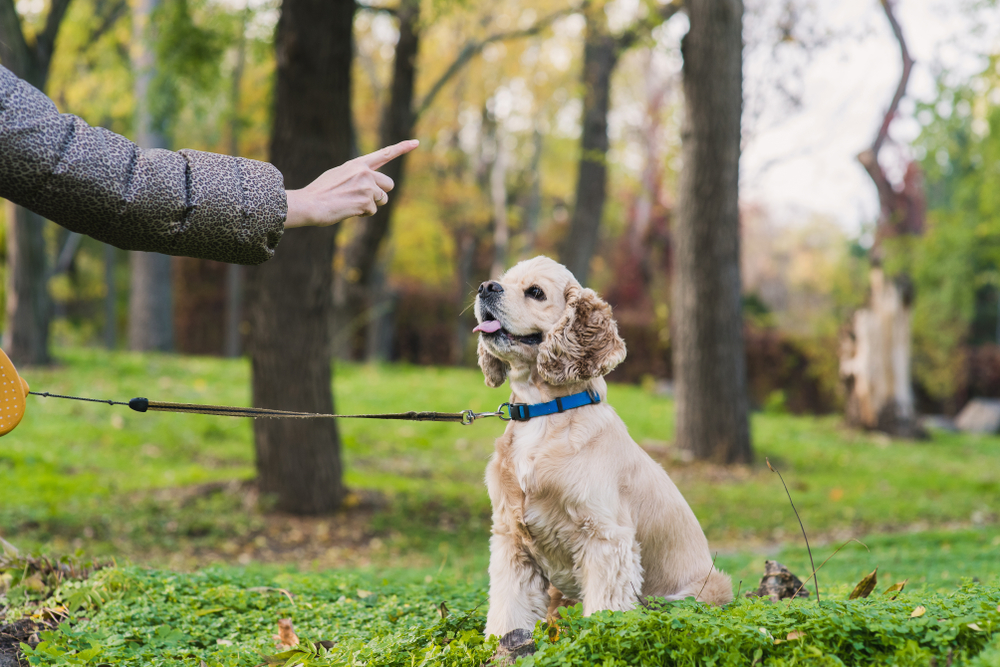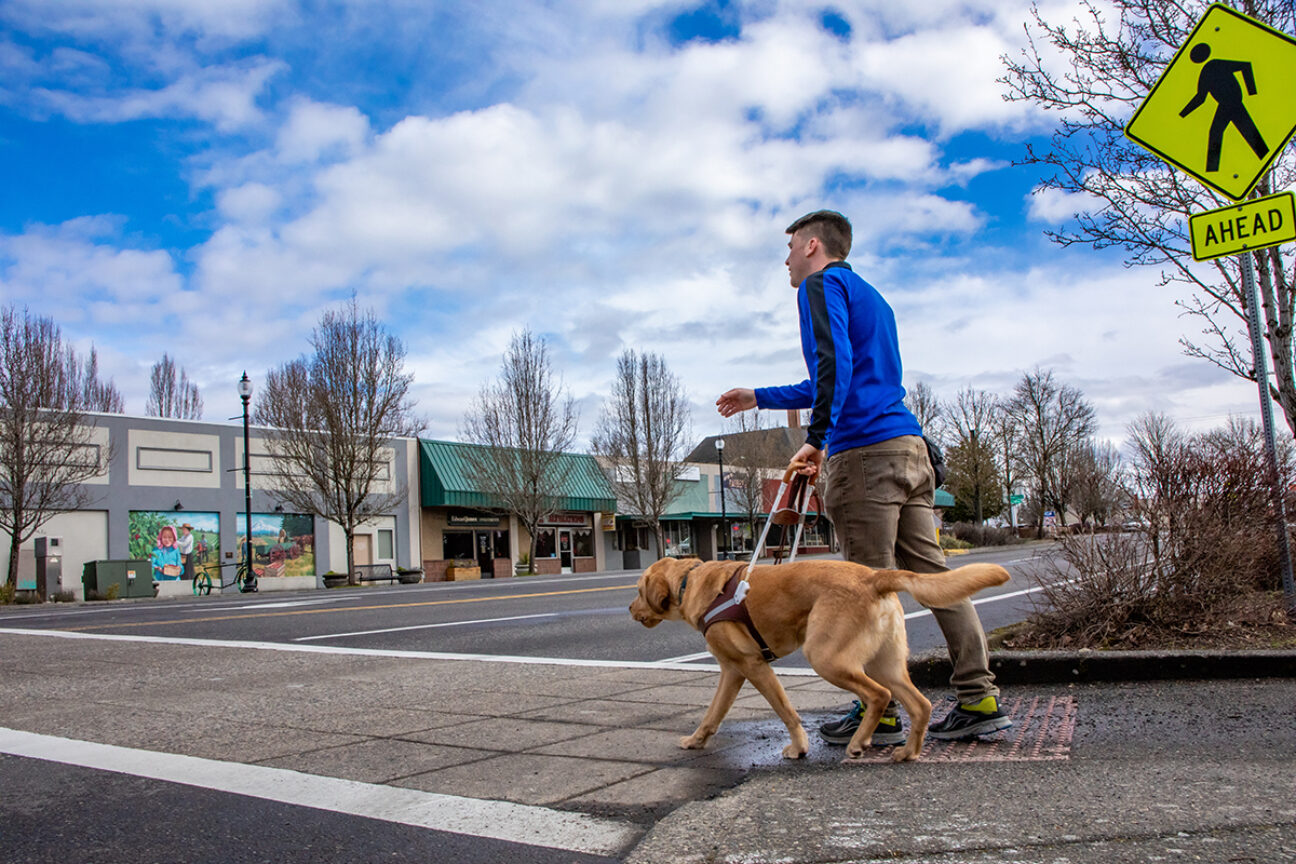Transform Your Pet dog's Actions With Proven Training Approaches
Transforming your pet's habits needs a nuanced understanding of their specific qualities and requirements, in addition to the application of tried and tested training techniques. By using positive reinforcement and acknowledging crucial signs in their body movement, you can properly attend to typical behavior issues such as excessive barking or jumping. Consistency in your training technique not only improves obedience but additionally fosters a deeper bond of count on and respect in between you and your pet. The course to successful change might present unexpected obstacles that warrant more exploration.
Understanding Canine Actions
Comprehending canine actions is necessary for efficient training and interaction between people and their canine companions. Pet dogs, as social pets, show a series of habits influenced by genes, environment, and experiences - Dog training. Acknowledging these habits assists owners tailor their training approaches to meet the details needs of their canines
Secret aspects of dog behavior consist of body language, vocalizations, and social interactions. A wagging tail frequently suggests enjoyment, while a decreased head might signal submission or fear. Recognizing these signals can aid owners translate their dog's emotion and respond properly. Additionally, socializing plays a crucial duty in forming behavior; pet dogs that engage positively with various other pets and different individuals are generally more well-adjusted and adaptable.
In addition, acknowledging stress and anxiety signals-- such as avoidance, panting, or pacing actions-- can stop rise into more severe concerns. Proprietors who are attuned to their canine's actions can create a safe and caring setting, promoting trust and improving the training procedure. Eventually, a deep understanding of canine habits lays the structure for an unified relationship and reliable training outcomes, making certain both dogs and their owners flourish together.
Positive Reinforcement Strategies
Positive reinforcement methods are commonly acknowledged as one of one of the most effective techniques for training pets, fostering a positive learning setting. This technique involves satisfying wanted habits with deals with, praise, or play, therefore urging the pet dog to duplicate those behaviors. Unlike corrective techniques, positive support builds count on and reinforces the bond in between the fitness instructor and the pet dog.
Benefits need to be offered right away adhering to the wanted actions to help the dog make the link. Consistency is likewise essential; making use of the very same commands and benefits aids the canine understand what is anticipated.
It is necessary to keep in mind that favorable reinforcement is not concerning bribery; rather, it is about strengthening etiquette. Over time, as the pet finds out to connect certain actions with positive outcomes, the frequency of incentives can be gradually minimized, transitioning to spoken praise or periodic incentives. This approach not just urges obedience but likewise advertises a satisfied and certain pet dog, making training a more pleasurable experience for both events included.
Attending To Usual Issues
Resolving common problems during pet dog training is essential for guaranteeing a unified and effective connection between the pet and its owner. Several dog owners come across behavior difficulties, such as too much barking, jumping, and leash pulling. Recognizing the origin of these behaviors is vital for efficient training.
To reduce this, offer sufficient physical exercise, psychological stimulation, and possibilities for social communication with both humans and other pet dogs. Training the pet to rest upon greeting can redirect this actions favorably.
Leash drawing is an additional prevalent concern, regularly resulting from a dog's passion to discover. Utilizing appropriate chain taking care of techniques, integrated with training methods that motivate loose-leash strolling, can substantially improve this habits.
Additionally, concerns like resource guarding or separation anxiety require customized methods. navigate to these guys Gradual desensitization and counter-conditioning can be efficient in attending to these difficulties. By recognizing and proactively taking care of these common concerns, pet proprietors can cultivate a much more satisfying training experience and reinforce the bond with their canine friends.
Uniformity in Training

To achieve consistency, it is crucial that all members of the house adhere to the exact same training methods. Utilizing the same verbal hints and hand signals guarantees that the dog obtains consistent messages. Furthermore, the timing of rewards and corrections should correspond; instant support increases the chance that the dog will associate the habits with the outcome.
Normal method sessions, coupled with structured schedules for feeding, strolling, and play, assistance pets expect and understand their atmosphere, making them extra receptive to training. Ultimately, consistency fosters a sense of safety and security and trust fund, equipping pet dogs to discover a lot more properly.
Structure a Solid Bond
How can cultivating a solid bond in between a dog and its proprietor improve the training experience? A solid connection constructed on trust and regard acts as the foundation for effective training. When a canine really feels safe in its connection with its proprietor, it is most likely to show favorable behaviors and be receptive to discovering. This bond urges the canine to engage fully in training sessions, as it checks out the proprietor as a resource of advice and assistance.
Furthermore, a strong bond facilitates much better communication. Pet dogs are experienced at checking out human cues, and a trusting connection allows for more clear signals during training. Proprietors who spend time in building this bond with play, socialization, and positive support create an environment where pets feel excited and motivated to learn.
In addition, a go to my blog reputable link can lower stress and anxiety and behavior concerns, as pet dogs are much less most likely to act out when they feel recognized and looked after. Focusing on the advancement of a strong bond not only enhances the training experience but likewise adds to a better and a lot more well-adjusted pet. Inevitably, the trip of training transforms into Going Here a collective partnership, bring about lasting behavior renovations.
Final Thought

Proprietors that are attuned to their pet dog's actions can create a caring and risk-free atmosphere, promoting trust and enhancing the training process. Eventually, a deep understanding of canine habits lays the structure for an unified partnership and efficient training outcomes, making certain both canines and their proprietors prosper with each other.
Dealing with typical problems throughout pet dog training is vital for ensuring a successful and harmonious connection in between the pet dog and its proprietor.Consistency is a foundation of reliable dog training, as it develops a clear structure for the pet to understand behaviors and assumptions.In final thought, changing a canine's actions through verified training methods requires an understanding of canine actions, the application of positive reinforcement methods, and an emphasis on uniformity.